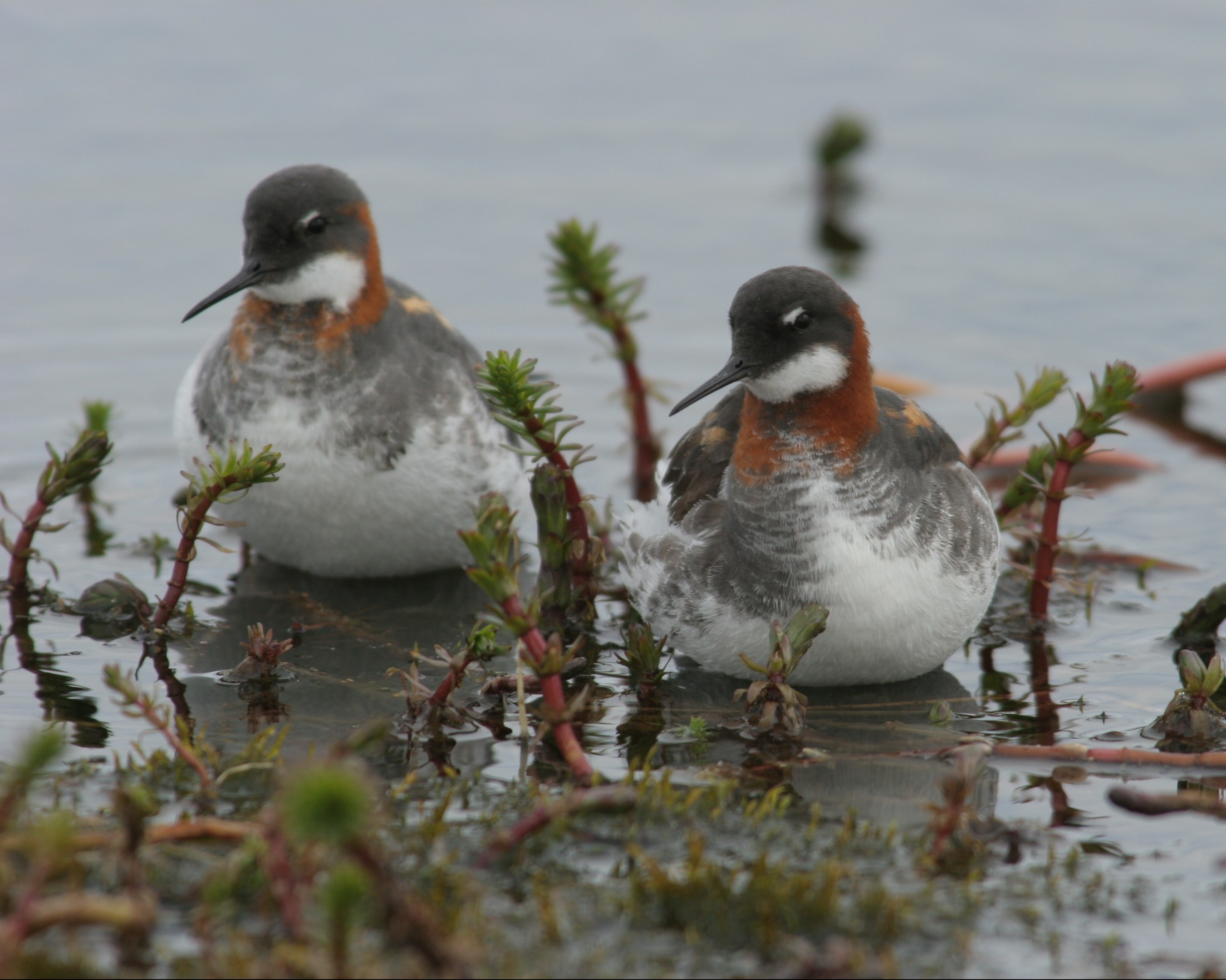An extremely rare bird has bred in the Western Isles for the first time in 31 years.
Red-necked phalaropes have been found breeding at RSPB Scotland’s Balranald nature reserve in North Uist.
They are delicate wading birds that are well-known for their reversed sexual roles in which the small, drab male is solely responsible for incubating eggs and caring for the chicks.
Phalaropes migrate to the Western and Northern Isles of Scotland during the summer, but disappeared completely from the Uists as a breeding bird in the mid-1980s.
Now however, a breeding pair has been found at Balranald much to the delight of wildlife lovers.
Jamie Boyle, RSPB Scotland’s Balranald site manager, said: “Balranald is already a fantastic place for wildlife with its corncrakes, bees and waders, but to have the phalaropes back this year made it extra special and I hope to see them return next year.”
Red-necked phalaropes are doing well elsewhere in Scotland too, with record numbers counted in two locations.
Shetland is the UK stronghold for breeding phalaropes, particularly the island of Fetlar where RSPB Scotland manages wetlands for these birds.
The number of breeding males on the reserve has increased from only six in 2008 to 36 in 2015 – the highest number ever recorded there.
Shetland as a whole was home to a total of 60 breeding phalarope males this year – 20 more than the previous record of 40 in 1996.
Malcie Smith, RSPB Scotland species and habitats Officer for Shetland, said: “It was so exciting to see that many phalaropes about for their very short summer season. It’s very satisfying that our work here is paying off and that birds are now breeding in record numbers.”
A traditional breeding area in Argyll on one of the islands of the inner Hebrides also had its best year on record with six males present, and at least three broods were also observed in August.
Meanwhile, one of the colour-ringed red-necked phalaropes that fledged from Fetlar this summer has been reported in southern France. It is only the second ever ringing return of a phalarope from Shetland.
